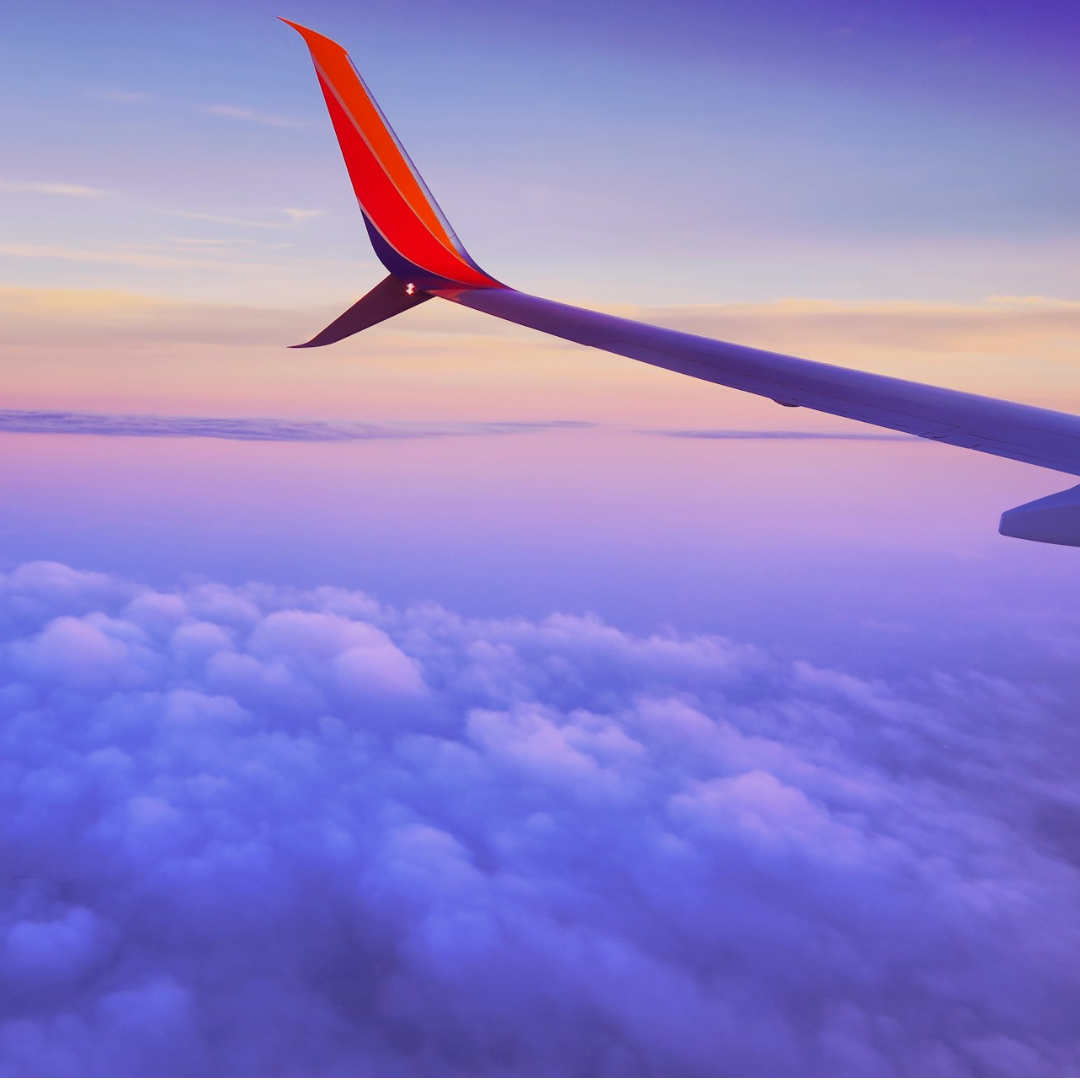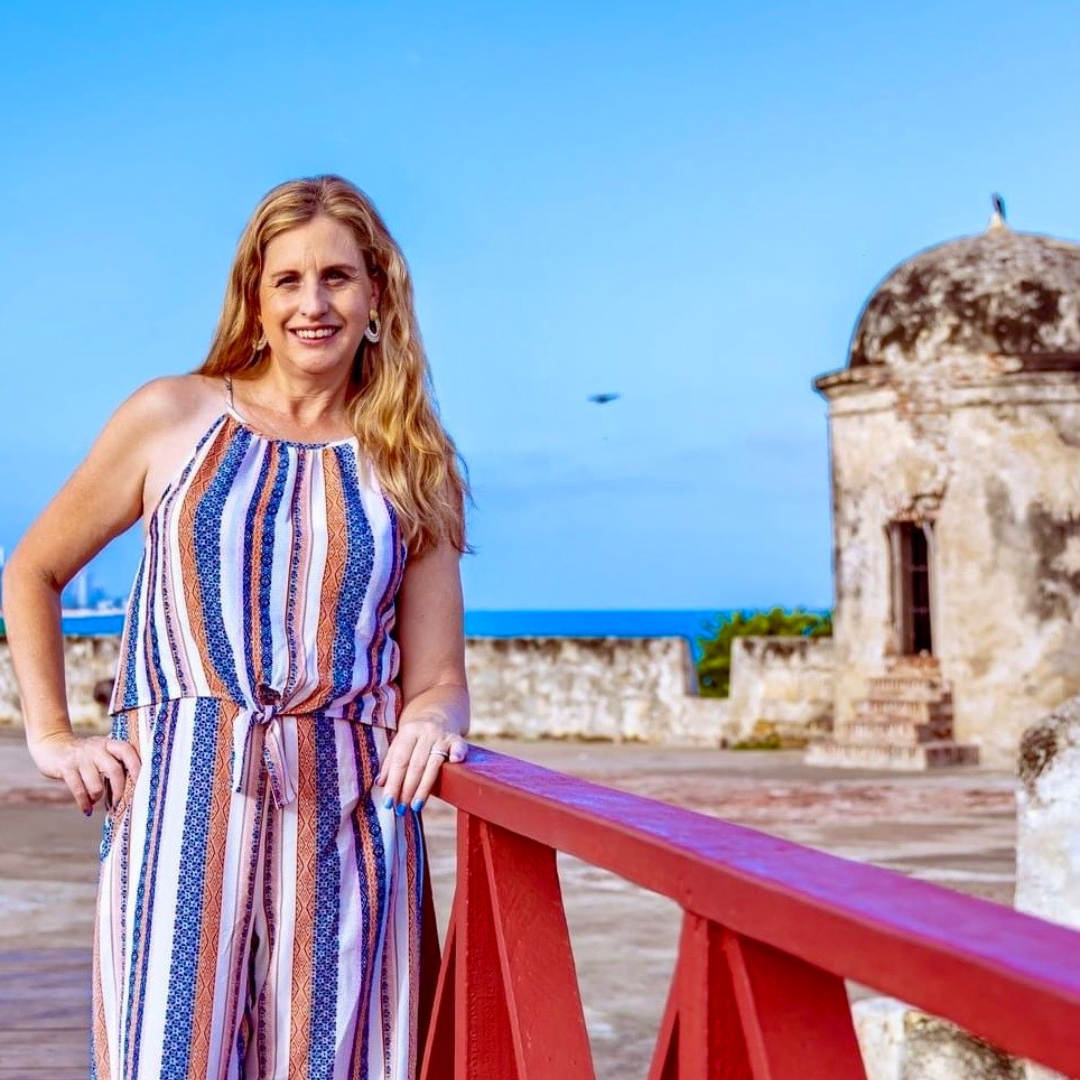March is Women's History Month, a time to reflect on the women who carried us—literally and figuratively—to where we are today. For Travel Tuesday this week, we would like to highlight five women throughout history who have tested limits, defied expectations, and paved the way for female travelers to believe anything is possible.

As we embark on our own adventures, let's look back on some impactful women who shaped feminist travel history! Here are five historical female travelers you should know about:
Jeanne Baret was a French botanist and explorer who, incredibly, became the first woman to circumnavigate the world. Masquerading as a man, she joined the expedition of Louis-Antoine de Bougainville and sailed around the world from 1766 to 1769. Since this occurred so long ago—a decade before the Declaration of Independence was signed—there are gaps in our collective knowledge of Jeanne Baret's story. We know that she came from little means but died with respectable ones, which nods to a self-made success story of a woman way ahead of her time.
It has been speculated that she was an herb woman and expert in her own right, or else a lover to the crew member of whom she was under the pretense of assisting (possibilities that are not mutually exclusive). We recommend two woman-authored biographies as sources to learn more about this capable, clever, and undeniably brave woman: The Discover of Jeanne Baret: A Story of Science, the High Seas, and the First Woman to Circumnavigate the Globe by Glynis Ridley and In Search of the Woman Who Sailed the World by Danielle Clode.
Annie Smith Peck was an American college professor and mountaineer with a story that will make you believe anything is possible. She started climbing mountains in her forties; we love a woman who reminds us that new chapters do not only belong to the young. In 1895, she summited the Matterhorn in the Swiss Alps and became famous, not because of her climb, but for the controversial fact that she did it wearing pants. While the world was intent on picking apart her choice of clothing rather than celebrating her athletic achievements, Annie Smith Peck went on carving her own path.
In 1908, she became the first person ever to summit Mount Huascarán in Peru, which was believed to be the highest point in the western hemisphere at the time. This accomplishment required serious perseverance and innovation. She reached the summit on her sixth attempt, wearing shoes she made and designed herself because climbing gear did not cater to women. The year after, she hung a banner on Mount Coropuna (another of Peru's peaks) that read "Votes for Women" in support of women's suffrage.
Annie Smith Peck climbed her final mountain, Mount Madison in New Hampshire, at the age of eighty-two, two years before she died. To discover her full story, we suggest Hannah Kimberly's A Woman's Place Is at the Top: A Biography of Annie Smith Peck, Queen of the Climbers.
Texas-born Bessie Coleman was the first African-American woman and first woman of Native American descent to earn her pilot's license. Interestingly, she accomplished this by traveling overseas.
After attending beauty school in Chicago, Coleman was working as a manicurist when her brothers came home from serving in World War I. Their stories inspired her to become a pilot, a path that was anything but easy. She applied to pilot schools in the US but was rejected because of her gender and race. Determined, Coleman began night classes to study French so she could complete international applications that might grant her wish. She was accepted by the Caudron Brothers' School of Aviation and followed her dream to northern France, where she earned her pilot's license in 1921.
Bessie Coleman returned to the States to encourage other women and people of color to take to the skies. She embarked on a career of speaking, teaching, and performing outstanding aviation tricks. She used her talent and voice to stand for her beliefs by refusing to perform at venues that enforced segregation. Tragically, Bessie Coleman died in an accident while on a test flight with a mechanic; she was a passenger on the plane. She was thirty-four. For more, we recommend Carole Hopson's historical fiction book A Pair of Wings, a novel inspired by Bessie Coleman's life.
Born in London, Jane Goodall was fascinated with the animal kingdom from a young age. Her dream was to journey to Africa and live in the wild among the animals she so admired, which is exactly what she did.
In 1960, Jane Goodall arrived in Tanzania, in what is now Gombe National Park, to set up camp in the jungle and study the behavior of chimpanzees. It was Dr. Louis Leaky who appointed Jane, his passionate secretary, for this research. Leaky needed someone to bring empathy and patience to the task, so he believed a woman would make a better field researcher than a man. He also thought Jane was the right choice because she had no formal scientific background, and, therefore, could record her observations without pressure of appeasing the scientific community.
Jane's own mother accompanied her on this adventure; an action we take as proof that supportive mothers change the world. Jane made groundbreaking discoveries about the chimps. One of the most notable is that chimpanzees make and use tools. This trait was previously considered exclusive to humans, so Jane's work pushed the scientific community to redefine humankind.
Today, Dr Jane Goodall lectures on what she believes to be the most essential piece in solving the climate crisis: hope. Learn more about Jane Goodall's life right from the source in these two recommendations: My Life with the Chimpanzees by Jane Goodall (1988) and The Book of Hope: A Survival Guide for Trying Times by Jane Goodall and Douglas Abrams (2021).
Next month, Jane Goodall will celebrate her ninetieth birthday on April 3rd, 2024.
The final woman we want to call attention to is especially impactful to us at Sherpani. Our business is named for the female sherpa, the fearless Nepalese mountain guides who conquer the unimaginable. One Sherpani has served as a source of endless inspiration for us over the years, her name is Pasang Lhamu Sherpa.
Pasang Lhamu Sherpa traveled outside her home country to climb several difficult and treacherous peaks. She was the first Nepalese woman to summit Mount Blanc, the highest in Western Europe, and she survived her summit of K2, located on the border of Pakistan and China, which claims the lives of one in seven who attempt it. Though her most famous journey happened in her own country when she set out to tackle Everest itself. Pasang Lhamu Sherpa faced much discrimination on her path to making history but remained true to her passion. She was determined to represent her people and become the first Nepalese woman to reach the highest point in the world.
On April 22nd, 1993, Pasang Lhamu Sherpani achieved her goal. She stood on the summit of her dreams, high above the world and the limitations it attempted to impose on her, a moment that gives us goosebumps just to think about. Tragically, it was a one-way journey. Pasang Lhamu Sherpa died on the descent. Her body was brought down the mountain—the first to be rescued from such a height—and she was the first woman ever to receive the Nepal Tara, an honor bestowed by the King of Nepal. Another Himalayan mountain was renamed Pasang Lhamu Peak in her memory.
We do not have a book recommendation about our favorite Sherpani, but hope that you watch the documentary PASANG: In the Shadow of Everest to learn more about this incredible woman's life.
From the women who appear in historical texts to the ones who comprise your family tree, Women's History Month is a time to honor those who have come before. The groundbreaking women in this post are just some of many inspirations found throughout feminist history.

Which historical women have inspired you? Which ancestral ones? We'd love to hear from you in the comment section. Let's celebrate the countless stories of adventure women have brought to the world.
Happy Women's History Month! We'll see you next week for another Travel Tuesday.
Discover More from the Sherpani Travel Blog
For more female adventure, read Culture and Camaraderie in Cambodia
Heading to a lesser known European country? Check out our Free and Downloadable Language Translation Wallpapers for Europe (Off the Beaten Path)
Learn everything you need to know about cyber theft during travel in What is RFID Blocking? RFID Technology Explained

By women for women, the Sherpani Travel Blog talks about all things travel. With a new post every week on Travel Tuesday, our blog is the go-to place for unique travel guides, general travel tips, personal stories from the women in our community, and more!






Leave a comment
All comments are moderated before being published.
This site is protected by reCAPTCHA and the Google Privacy Policy and Terms of Service apply.